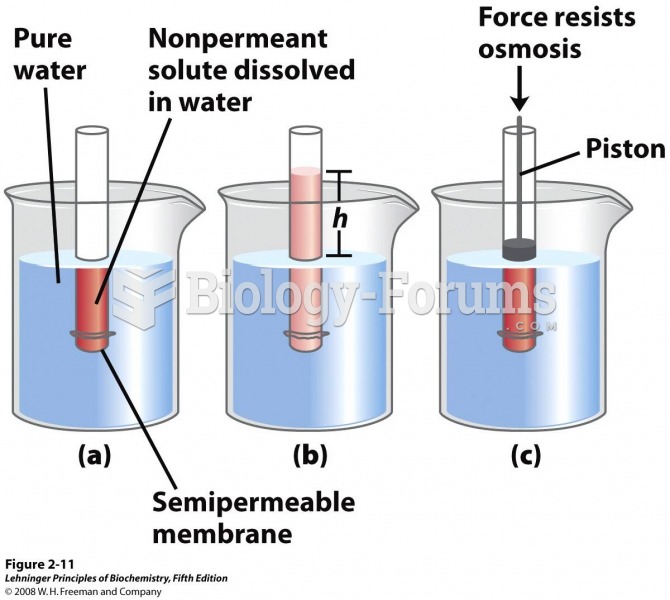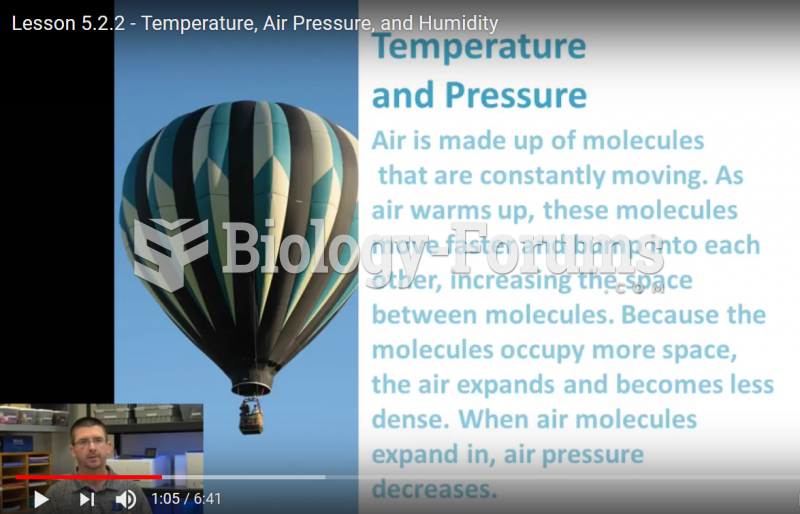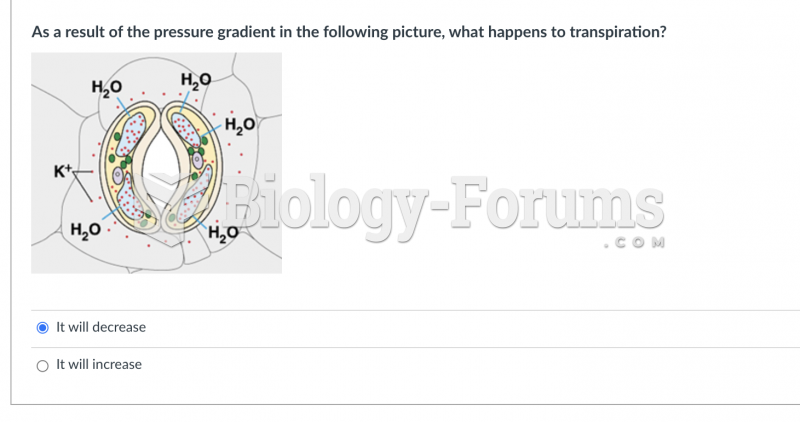Answer to Question 1
ANS: A
A. Correct response: Like PSV, APRV is a spontaneous breathing mode, which incorporates two levels of positive pressure. The mode enables the patient to breathe spontaneously at a higher inspiratory positive airway pressure (IPAP), and at a lower expiratory positive airway pressure (EPAP). Both the IPAP and EPAP exist for a user-determined time. During inspiration, the positive airway pressure rises for a set time, and during the expiratory phase, the positive airway pressure decreases for an established period. During APRV, the IPAP time exceeds the EPAP time. Consequently, APRV resembles PC-IRV, which is characterized by a TI exceeding the TE. If spontaneous breathing were absent, APRV would be unrecognizable from PC-IRV, which requires that the patient be sedated and paralyzed.
B. Incorrect response: In VC-CMV, inspiration can be either time or patient triggered. VC-CMV has only one level of positive airway pressure. That level occurs during inspiration. Spontaneous breathing is not required in VC-CMV.
C. Incorrect response: During PC-CMV, inspiration can be either time or patient triggered. While PC-CMV has two levels of positive airway pressure during the respiratory cycle (PIP and PEEP), the patient cannot breathe spontaneously throughout the total cycle time, as is possible with APRV. Furthermore, the patient may be sedated and paralyzed in this mode. Inspiration may be time or patient triggered.
D. Incorrect response: During PC-SIMV, the patient may be breathing either spontaneously or via ventilatory support. Only one level of positive airway pressure is available.
Answer to Question 2
ANS: D
A. Incorrect response: See explanation D.
B. Incorrect response: See explanation D.
C. Incorrect response: See explanation D.
D. Correct response: With PSV, the patient is assisted with a constant pressure from the ventilator during inspiration. The constant pressure supplements the patient's spontaneous inspiratory efforts. The delivery of an appropriate inspiratory flow at the onset of inspiration is important during PSV. The speed at which the breath reaches the set pressure is called the inspiratory rise time. If the pressure is delivered too quickly to the patient, the set pressure may be exceeded, leading to the likelihood of premature cycling. On the other hand, if the rise time is too slow, the patient's work of breathing increases.
The pressure tracing in set B reflects a more rapid rise time than that in set A. Consequently, the inspiratory flow in set B is greater than the flow in set A, and the volume associated with the faster rise time is larger than the volume in set B.







